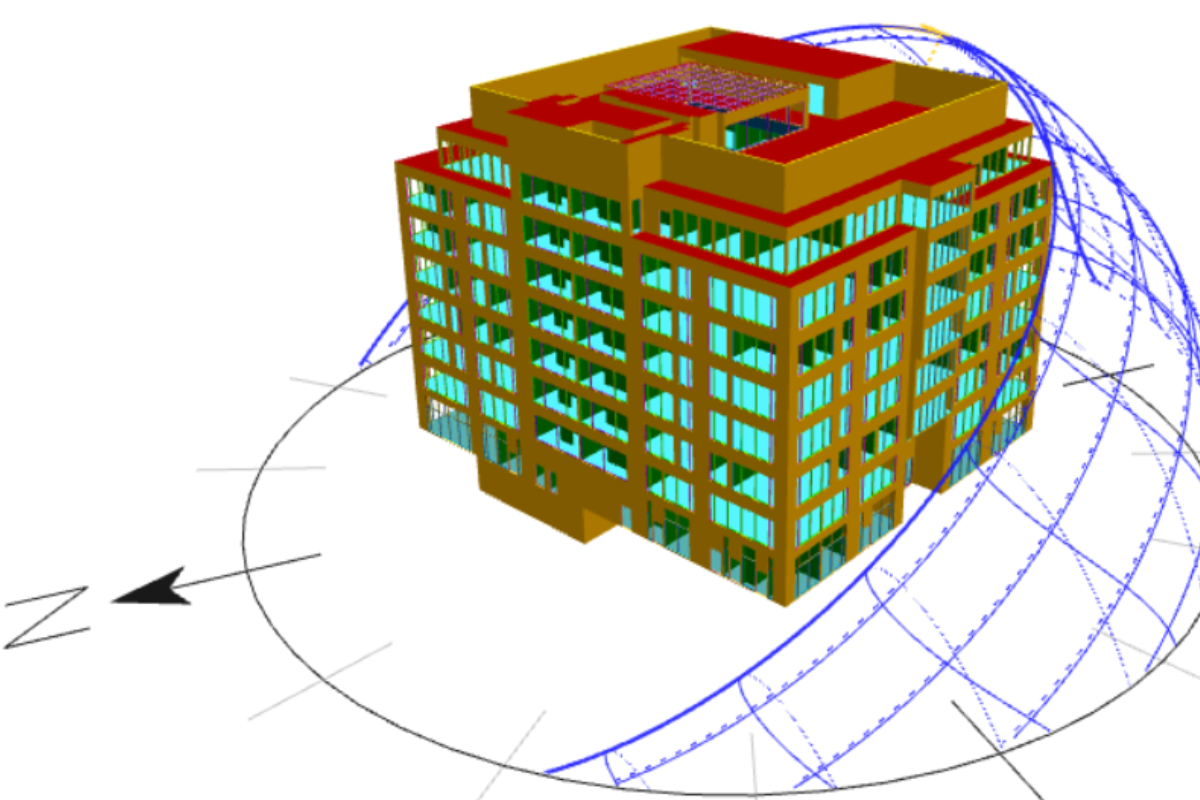When two assessors produce two very different Energy Performance Certificate (EPC) ratings for the same building, it raises an important question: what really drives the result?
That question lay at the heart of a recent project in which we achieved a B-rated Level 5 EPC for a client’s large commercial property, which was an uplift from a previous D rating. Both assessments were undertaken at the same level, yet the outcomes differed significantly.
This case study explores why that happened, what we did differently, and the broader lessons it offers for asset owners and managers facing compliance challenges under tightening energy performance regulations.
Level 5 EPCs represent the highest standard of energy performance assessment in the UK. They employ Dynamic Simulation Modelling (DSM) to evaluate how a building performs throughout the year, accounting for lighting, plant operation, ventilation, occupancy and thermal response.
Unlike simpler EPC levels that rely on pre-set assumptions, Level 5 DSM requires comprehensive site data and expert interpretation. The accuracy of the outcome depends entirely on how the model is constructed and the quality of the information entered.

Property type: Large commercial office building
Previous EPC rating: D
New EPC rating: B
Assessment level: 5 (DSM)
Location: Liverpool
The EPC survey was conducted by Roshith (MEng Mechanical Engineering), who travelled from London to Liverpool to complete the assessment.
He undertook a comprehensive inspection, verifying equipment condition, control strategies, and lighting layouts while recording data from every occupied floor.
“The building was well maintained, and the systems were in good condition. Thanks to the site team’s support in providing clear documentation, the EPC data capture process was smooth and efficient.”
That attention to detail ensured that the dynamic model reflected actual operating conditions, not assumptions.

EPC improved: D ? B
Compliance achieved: Fully MEES compliant
Asset value: Enhanced market position and leasing potential
Regulatory resilience: Future-proofed against tighter energy efficiency standards
The reassessment validated that the building’s performance was significantly better than the previous rating suggested, strengthening the client’s portfolio credentials.
Accuracy begins on site. High-quality data capture is fundamental to reliable EPC results.
Software capability and accreditation matter. Tas (CIBSE) provides advanced modelling control for complex commercial assets.
Older systems can perform well. Age does not always indicate inefficiency. Correct inputs can reveal hidden strengths.
Assessor expertise defines the outcome. Two Level 5 EPCs can differ widely depending on the level of detail invested in the process.
The building itself hadn’t changed. What changed was the way it was understood. Through detailed modelling, transparent data and careful analysis, we revealed performance that had always been there, just never properly recognised.
That’s what a rigorous EPC is meant to do: uncover the truth behind the numbers.
For guidance on EPC reassessments, MEES compliance or dynamic simulation modelling, please contact Karsons Consulting at info@karsonsconsulting.com or call 020 3282 7605.
Karsons Consulting are members of the Chartered Institute of Building Services Engineers, The Association of Consultancy and Engineering, British Institute of Facilities Managers and the Building Services Research and Information Association.